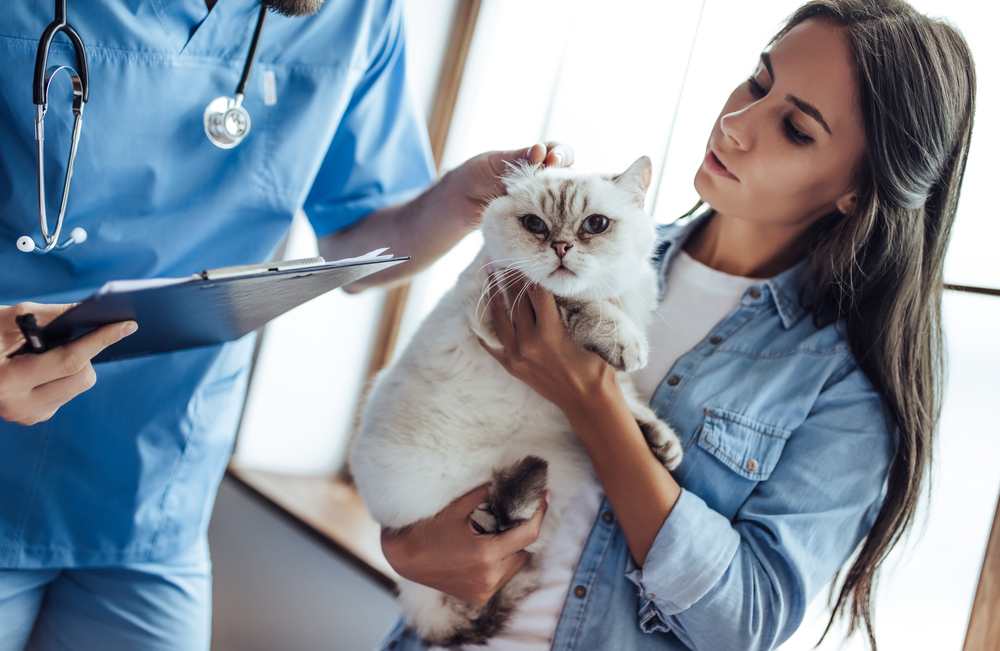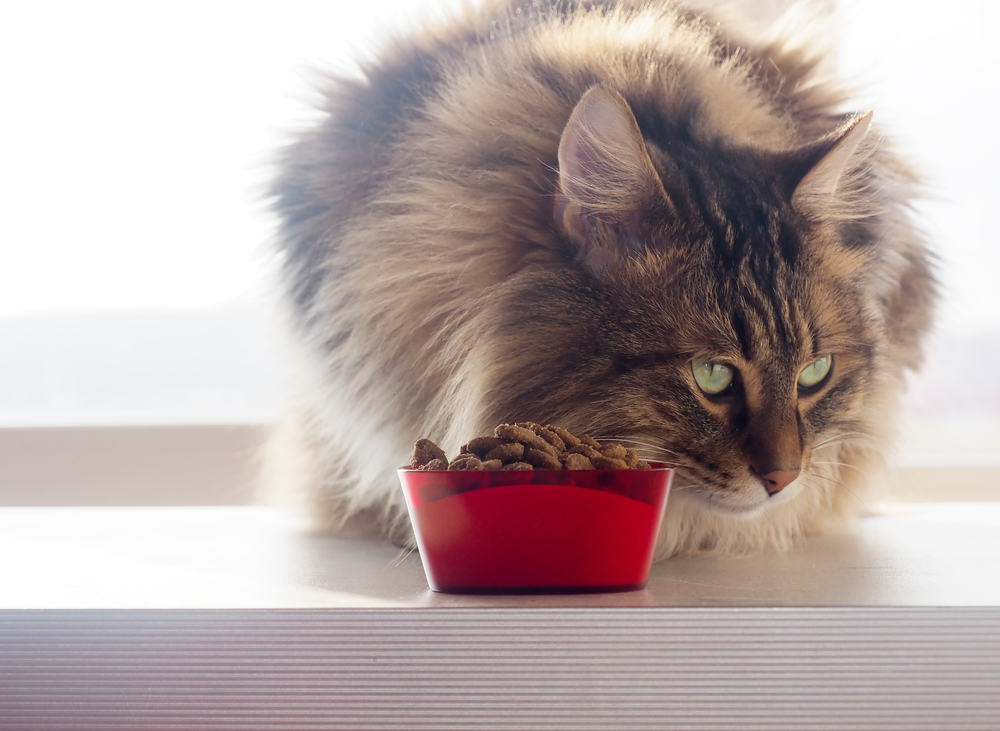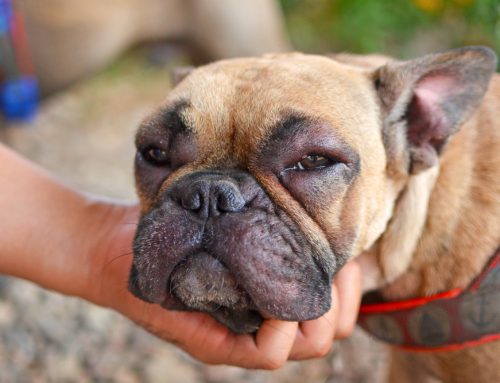Each organ in your cat’s body works to maintain health and perform bodily functions. However, if one organ cannot function appropriately, your cat can quickly become ill. When a cat stops eating completely or eats too little for too many days, their body begins to mobilize fat tissue for energy, which damages liver cells and leads to hepatic lipidosis (i.e., [HL] fatty liver syndrome). Although HL is almost always secondary to another disease process, this condition can be deadly by itself.
Most cats will recover from HL if they receive care from our All Creatures Animal Hospital team, and appropriate home care during your feline friend’s convalescence. To help prevent your cat from developing a fatty liver, read our guide to learn everything you can about this condition.
What is hepatic lipidosis in cats?
HL is a condition that occurs in cats who aren’t eating enough food to sustain their energy needs. In response, a cat’s body begins using stored fats, but this large influx of fat damages liver cells and causes the organ to begin shutting down. Without a properly functioning liver, a cat can die within a few days.
In almost all cases, the appetite loss that leads to HL is caused by a secondary problem, such as kidney failure, gastrointestinal (GI) disease, mental stress, or physical pain. In a few cases, an underlying disorder is not to blame for a cat’s HL, and veterinarians consider this condition to be idiopathic. Liver damage from HL makes a cat feel worse than the underlying disease process, making recovery from that illness more difficult.
Are some cats at a higher risk than others for hepatic lipidosis?
Cats, as a species, are more susceptible to HL than others. A cat of any breed can develop HL at any point in their life, regardless of age or sex, but most are middle-aged and overweight. The more fat a cat has, the more likely they will develop HL if they stop eating. A cat with GI, liver, or pancreatic conditions may also be more susceptible to HL, as they are more likely to develop anorexia or eat an extremely small amount of food.
What are the most common signs of hepatic lipidosis in cats?
HL can develop within three to seven days after a cat stops or greatly reduces their food intake. HL worsens nausea, so an affected cat who has been eating little will likely stop completely and may seem fearful of the food bowl. Common HL signs include the following:
- Weight loss
- Jaundice (i.e., yellow skin, eyes, and mucous membranes)
- Vomiting or diarrhea
- Lethargy, depression, or weakness
- Dark urine
- Bleeding or bruising
What happens if my cat develops hepatic lipidosis?
Call our All Creatures Animal Hospital team or head to a veterinary emergency facility if you suspect your pet has HL after a period of inappetence. Our team will check your cat’s blood and urine, and perform imaging tests. We may also take a liver biopsy to confirm a suspected HL diagnosis and begin treatment. Because an underlying medical issue causes most HL cases, we may order additional tests to find the original condition.
Cats who develop HL need immediate, aggressive veterinary treatment to reverse their condition. The good news is that once a cat’s food intake improves, liver function will return to normal over several days. The bad news is that cats with HL generally refuse to eat, so interventions are required to supplement their nutrition. Feeding tube placement is the most efficient way to accomplish this goal, because force-feeding will only make an affected cat’s food aversion worse. Our hospital team members will teach you how to administer food, fluids, and medications through the tube, which generally remains in place for about a month. Once a cat has fully recovered from HL, they rarely relapse.
How do I prevent my cat from developing hepatic lipidosis? 
Understanding how HL develops will help you prevent your cat from developing this life-threatening condition. Closely monitor your cat’s food intake and contact our All Creature Animal Hospital team if your feline friend’s appetite changes last for more than one to two days. If your cat is overweight, we will recommend diet and activity modifications that can help reduce their body fat and HL risk.
HL can make your cat feel nauseated and create catastrophic health consequences when they are already under the weather. Wellness examinations, routine preventive care, and wellness blood and urine screenings are vital to detect disease before your cat becomes too sick to eat, helping prevent HL and many other chronic and age-related diseases. To help maintain your cat’s wellbeing and learn effective feline health maintenance strategies, contact our All Creatures Animal Hospital team.














Leave A Comment